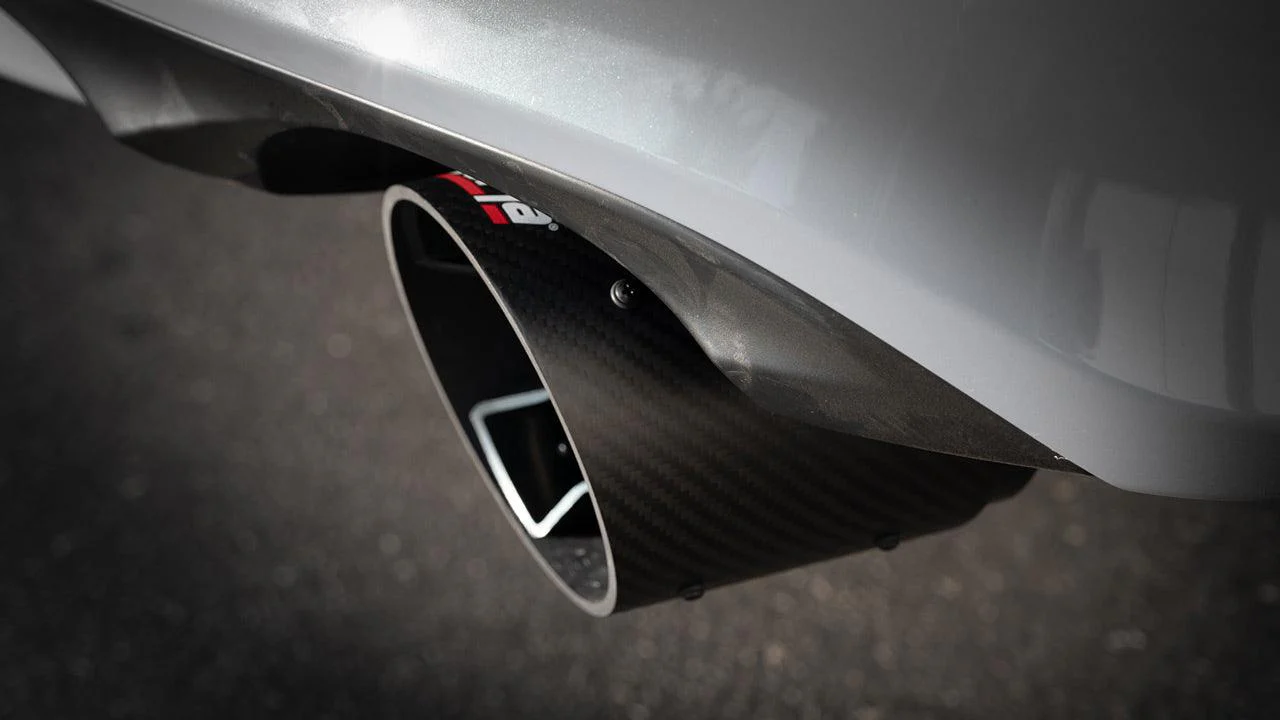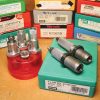Automotive
3 Benefits of Proper Car Brake Maintenance
From the first braking system invented in 1902 to the braking systems of today, there have been a lot of upgrades and features added over the past 110 years. ABS braking , ESP and EBD technology are just some of the advancements. The number of brake parts has expanded too and now there are up to 7 different components in a car brake. This is where regular maintenance comes into play in order to keep the parts operational.
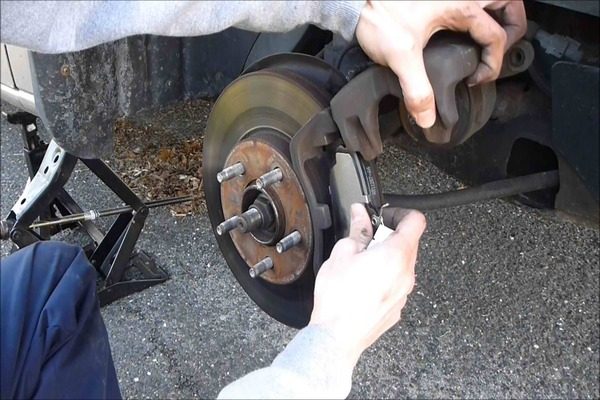
Benefits of Brake Maintenance
Better Performance
Preventative maintenance will ensure that your brakes are not only operational but also optimized to work using their full potential. This will allow you to enjoy the ride as the car brakes will react instantly which will also improve your handling. You won’t hear annoying screeching sounds or increase the chances of getting involved in an accident.
Safety
Car brakes are a safety measure in and of themselves and if you keep them in top-notch condition, you will drive with confidence and have a worry-free commute. This will help you focus on the road rather than the state of your braking system.
Cost Saving
If you keep your brakes in good working condition there isn’t going to be one single instance where you hear metal grinding. This can actually damage the brake rotors which can in turn cost you even more than regular brake maintenance.
Maintenance (Tips)
Check Brake Fluid
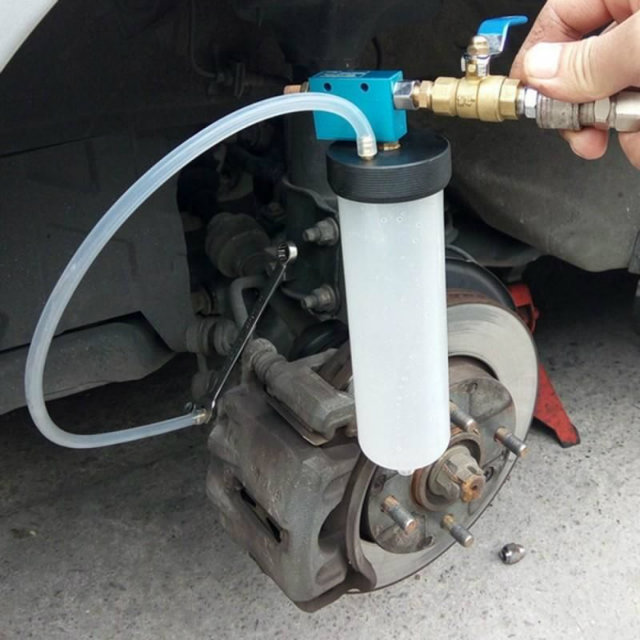
Brakes have a reservoir that holds the brake fluid which makes everything work, this reservoir is located under the bonnet and it also helps maintain the pressure inside the braking system. Check the fluid once every month as well as for any cracks and leaks.
It’s good to change the fuel once every 40,000km and to check from time to time whether the dust cap is tight as brake fluid attracts water and absorbs it easily. This can rust the metal parts of the brake lines. Go through the followings steps when you need to change the brake fluid.
1. Find the bleeder screw on the rear of each brake and unscrew it with the right size tool. You may need a bleeder tool for this.
2. Slightly open the bleeder screw with the front brake on the driver’s side. You will need someone to help pump the brakes while you fill the reservoir with new fluid.
3. Once the brake fluid goes clean, tighten the bleeder screw and clean it. Move to the next wheel and start the process all over again. When you’re done changing the fluid in all the brakes, pump them a couple of times to check the pedal pressure and inspect underneath if a bleeder screw is leaking.
Check the Underbelly
The underside of your vehicle takes up a beating from tar, pebbles, salt and ice, in this process the brake lines are also exposed. Whilst the majority of vehicles are made so that the brake lines are protected, you can never go wrong with a check-up once in a while.
Brake Line Inspection
Whilst changing brake fluid on the regular helps maintain brake components, taking a look at the brake lines can help you prevent leaks. If you find puddles (holes) in a line or wetness inside the wheels when it isn’t raining then its time to replace them.
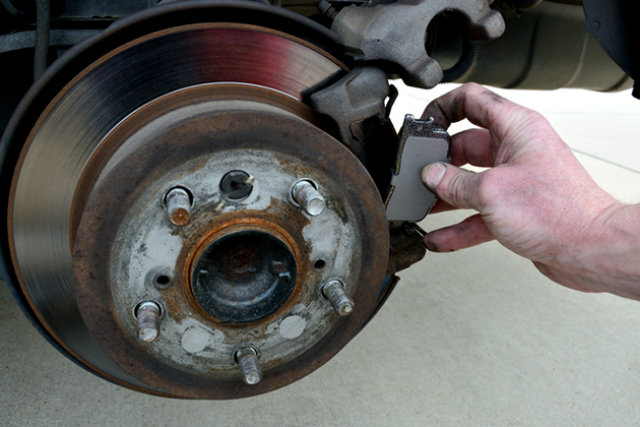
Brake Shoe/ Pad
The state of the brake shoes/ pads can be inspected without having to take the wheels off. They should be evenly worn out and have at least 5mm of friction material and unless you are hearing a lot of noise or have trouble stopping you are all good. Otherwise the shoes / pads will need to be replaced – usually you need to check them every 10,000km.
Rotor Inspection
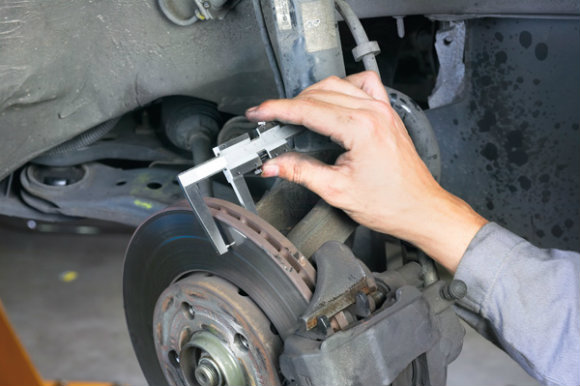
The rotor is the metal disc which is where the pads/shoes press on when you apply them. This is basically how car brakes work. So, while you are looking at the pads/shoes, take a look at the rotor too and see if you can find any grooves or if the rotor is broken.
If it’s not in a perfectly round shape, replace both rotors on the end of your vehicle – you should always replace them in pairs, both front or both rear rotors at a time. This will prevent them from wearing unevenly and odd pulling to the side when braking.
Types of Brakes
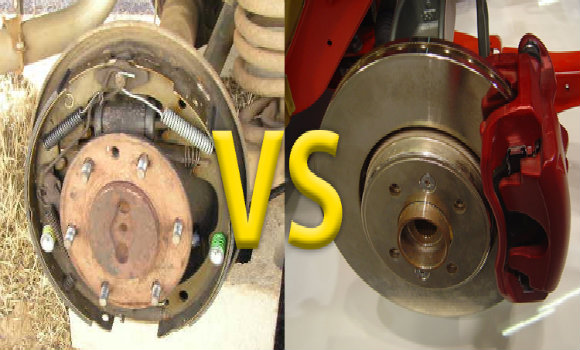
Disc
A disc brake has the rotor attached to the wheel hub and a caliper which holds the brake pads and applies them to the rotor when you hit the pedal. A lot of vehicles have disc brakes which are considered to be more efficient than car brakes that make use of drums and shoes.
How Often Should You Change Brake Pads on a Car?
Although this may vary depending on road conditions, the way you drive and how much you drive on the daily, usually a brake pad needs to be changed once every 80,000km.
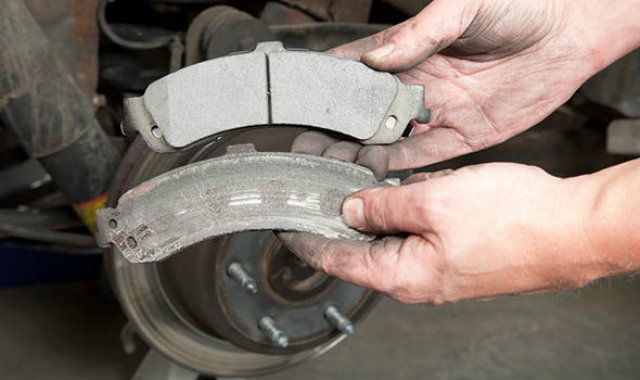
When to Change Car Brake Pads?
Brake pads need to be changed when there is less than 5mm of friction material on them and when they are not worn out evenly. Other indicators are when you are having difficulties braking and when you hear a lot of screeching from the brakes.
Are Car Brake Pads Universal?
Brake pads are not universal as they come in various sizes, shapes and with different types of friction materials in order to perform at the level suited to the vehicle they are intended to be used on.
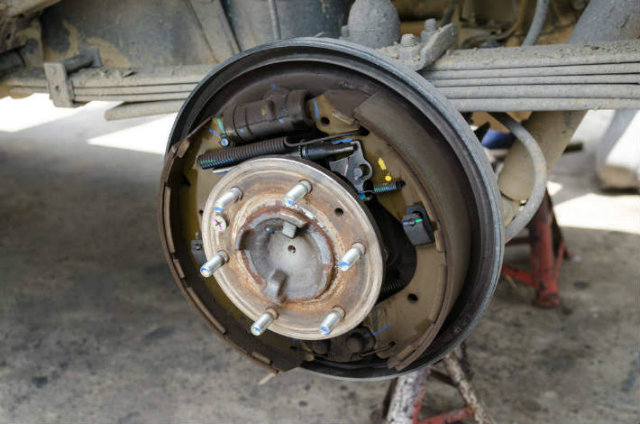
Drum
These car brakes have shoes instead of pads which are attached inside a brake drum that is mounted on the wheel hub. They create friction between the shoes and the brake drum in order to stop or slow down a vehicle.
Writing for the blog since 2012, Chris simply loves the idea of providing people with useful info on business, technology, vehicles, industry, sports and travel – all subjects of his interest. Even though he sounds like quite the butch, he’d watch a chick flick occasionally if it makes the wife happy, and he’s a fan of skincare routines though you’d never have him admit that unless you compliment his impeccable skin complexion.





